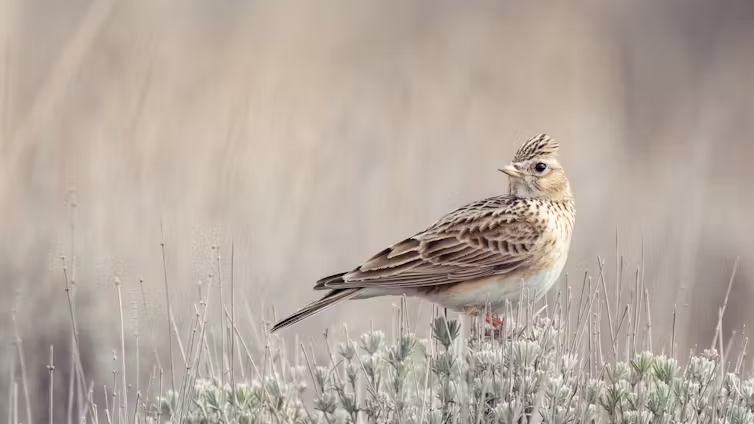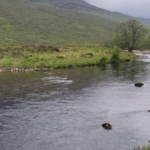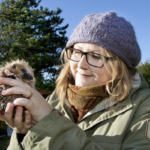Urban grassland & verge guidelines
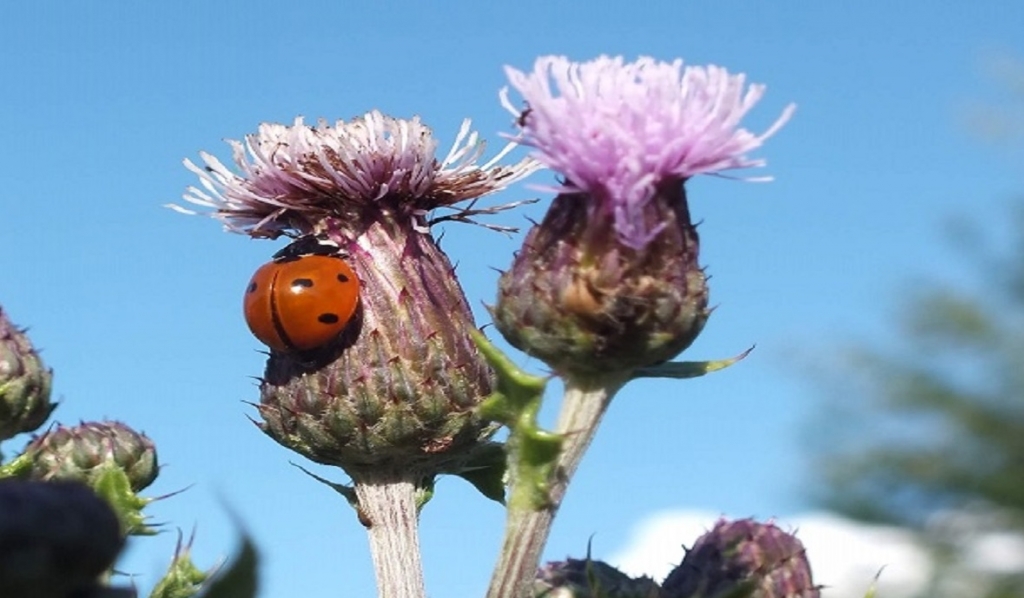
Why do we need to change the way we manage urban grass?
Although uniformly short grass used to be seen as a sign of good management, people now are becoming more aware of the value of nature and the need for more nature-friendly management techniques. Frequent mowing removes flowers that provide nectar for bees and butterflies. It removes the eggs that butterflies lay on grass stems, crushes caterpillars and other insect larvae, and can kill or injure other wildlife such as frogs, snakes and voles. Fewer insects mean less food for birds and bats, and this is part of the reason why wildlife populations are declining. For example, 76% of the UK’s butterflies have either declined in numbers or are found in fewer places since 19761, and 43% of our birds are at risk of extinction.2 Local Authorities now have a duty to produce Local Nature Recovery Strategies, and more creative management of urban areas can play a key role in this. Although some areas need to be kept short at all times (e.g., for health and safety or recreation), many areas could be mown less often, allowing them to develop into flower-rich urban grasslands that support wildlife.
Download our booklet here for some great advice on managing these areas in the UK
We also have developed the accompanying poster, below.
You can download the RGB_Urban Meadow & Verge Guidelines (A3 Document)._compressed poster here and the CMYK_Urban Meadow & Verge Guidelines (A3 Document)._compressed poster here
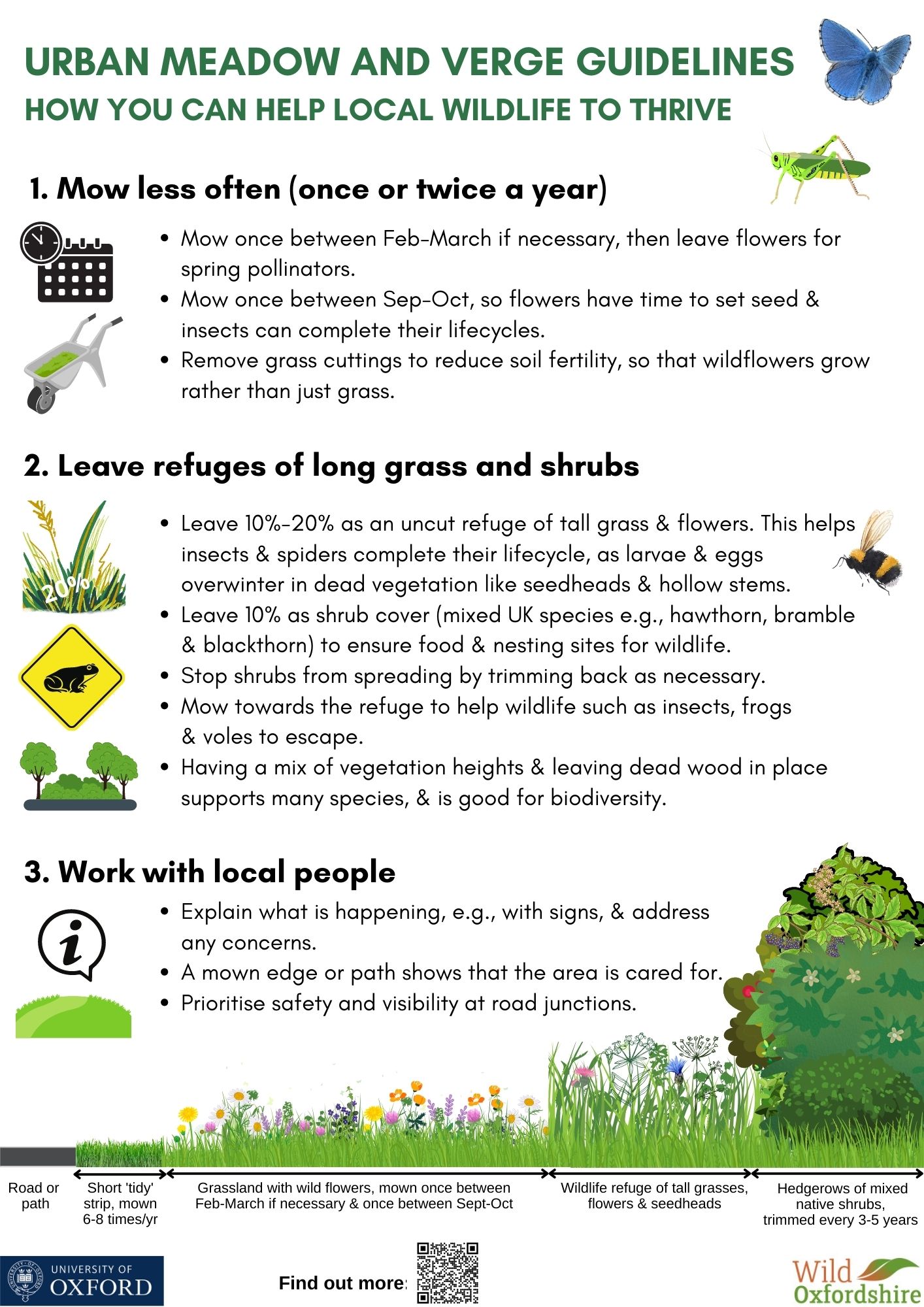
Other recent stories
